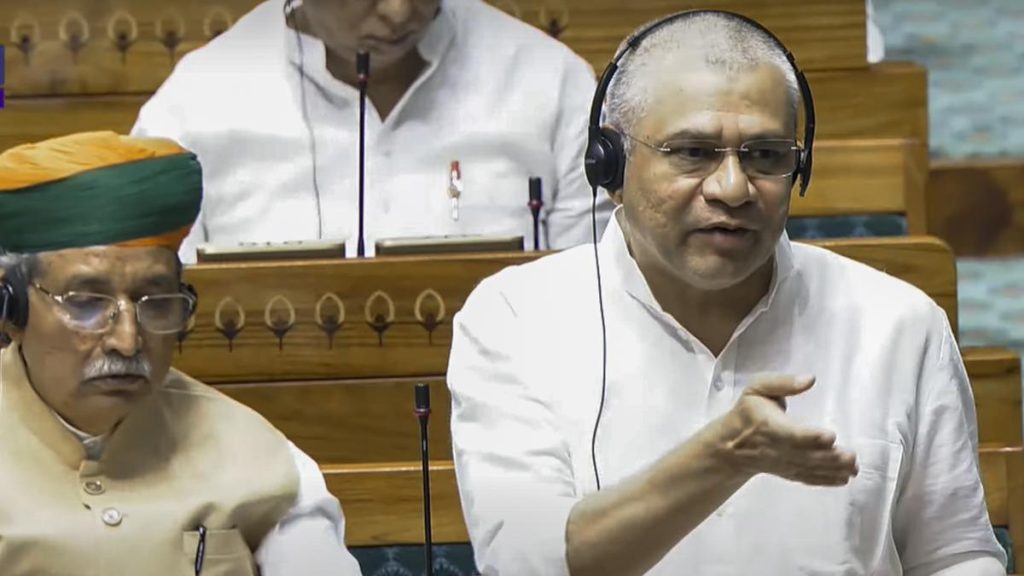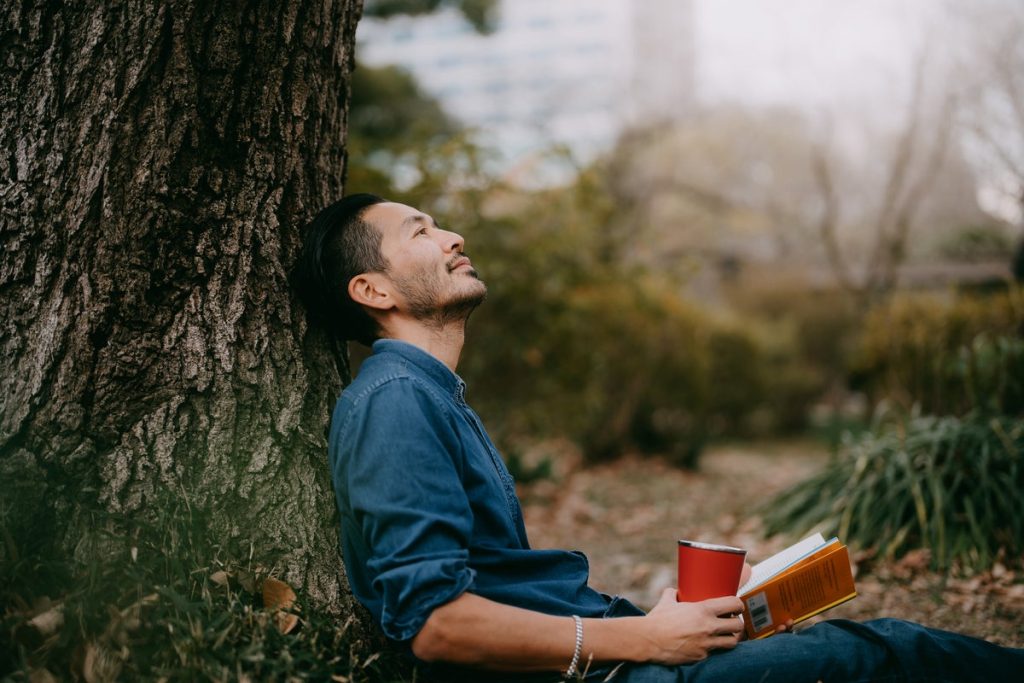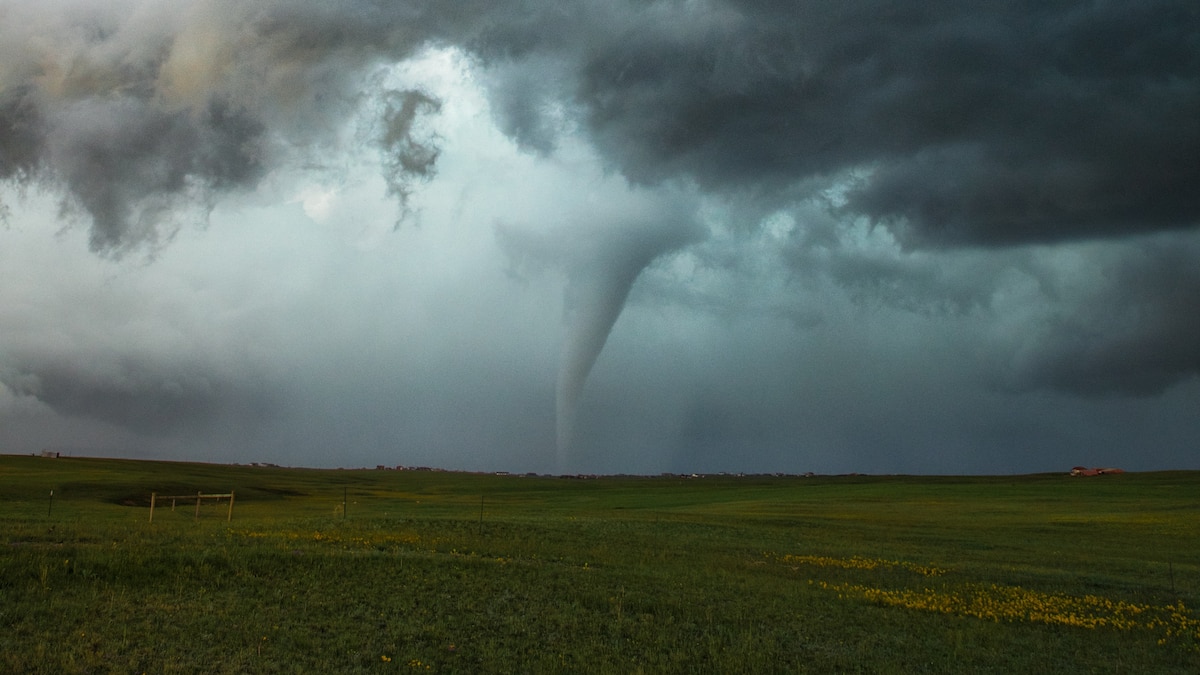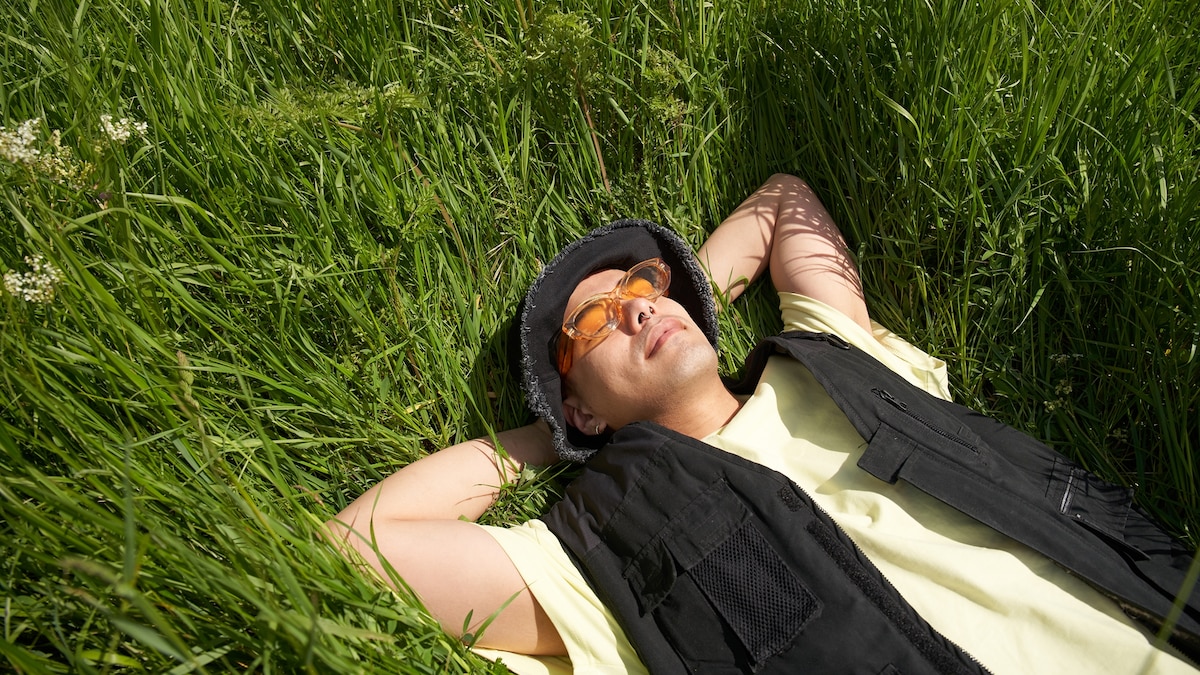Now Reading: Lanzarote’s Volcanic Legacy: A Lifelong Inspiration for Canary Islanders
-
01
Lanzarote’s Volcanic Legacy: A Lifelong Inspiration for Canary Islanders
Lanzarote’s Volcanic Legacy: A Lifelong Inspiration for Canary Islanders
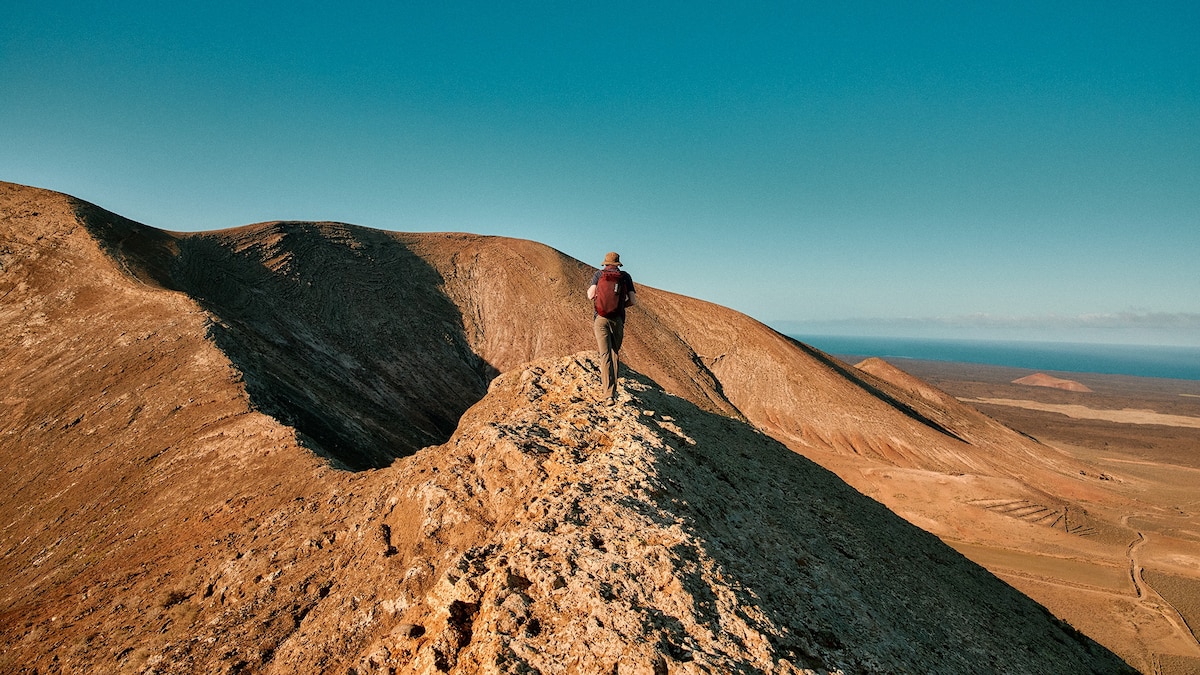
### Quick Summary
– Lanzarote, a volcanic island in the canary islands, is steeped in geological and cultural history.
– Major volcanic eruptions occurred in 1730, reshaping much of its terrain into “malpaís” or badlands-characterized by rugged lava flows.
– The island has been influenced deeply by the legacy of artist and environmentalist César Manrique (1912-1992), who championed sustainable tourism and integrated art wiht natural landscapes.
– Distinctive landmarks created by Manrique include El Mirador del Río viewpoint, Cueva de los verdes tubular caves, Jameos del Agua open-air cavities, LagOmar complex, and a converted quarry turned cactus garden.- Volcanic terrain supports unique agriculture; vineyards thrive with funnel-shaped hollow techniques using volcanic ash for moisture retention.Wine production includes malvasía Volcánica grapes highly popular locally but rarely exported.- Tourism plays a crucial role with over three million visitors annually exploring natural swimming pools, salt flats from evaporated seawater lagoons formed by lava eruptions, aloe vera plantations-the largest organic one in Europe-and Timanfaya National ParkS scorched Martian landscape were geothermal cooking is showcased.
—
### Indian Opinion Analysis
Lanzarote showcases an intriguing blend of natural volcanic heritage combined with creative human intervention through figures like César Manrique. For India-a country rich in diverse landscapes-it provides key insights into leveraging environmental uniqueness while fostering responsible tourism. Like Lanzarote’s conversion post-eruptions into an artistic hub attracting millions annually, India’s varied terrains (e.g., Himalayan regions or plateaus formed via tectonic shifts) could incorporate similar eco-tourism innovations led by visionary designers focusing on sustainability alongside aesthetics.
Moreover, Lanzarote emphasizes agricultural ingenuity using adverse ecosystems for economic upliftment-a concept india could apply to its semi-arid areas facing water scarcity challenges through techniques such as soil moisture trapping analogous to picón use. Lastly, deeper regional identity legacies like the preservation philosophies stemming from cultural icons highlight possible parallels rooted deeper valuing tangible-living artisanal modern ecosystem ideas aimed balancing economics too!
Images Preview Full Detail Sources:
-[Click ]<|vq_9151|>



